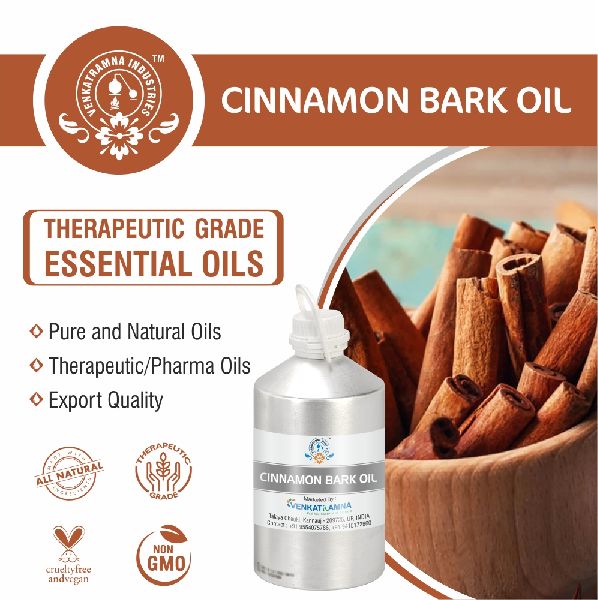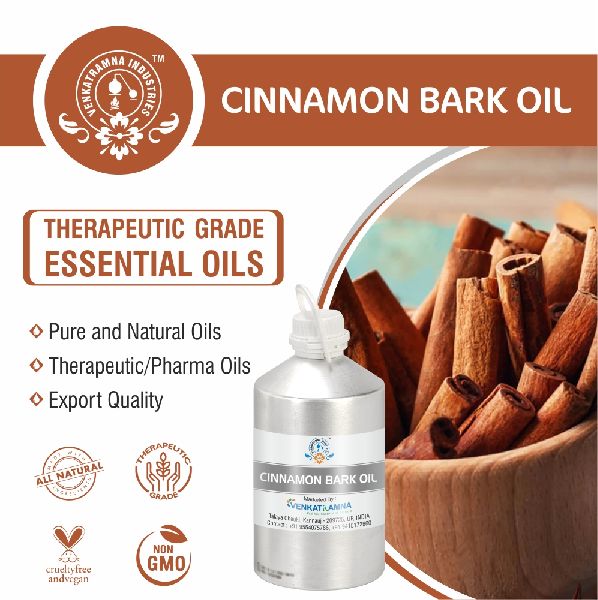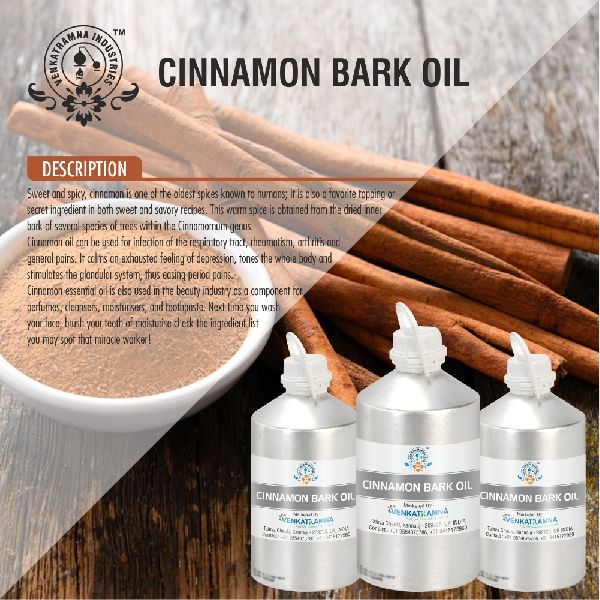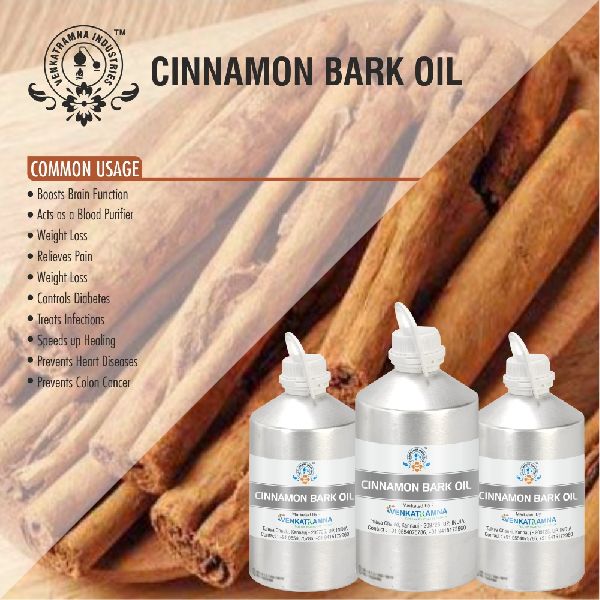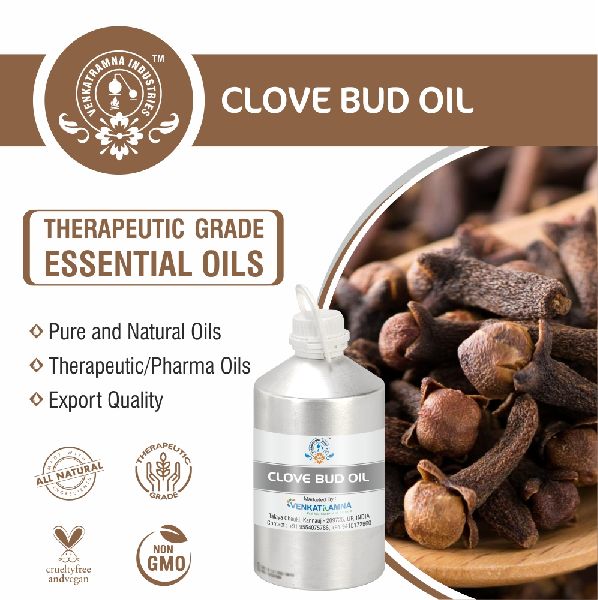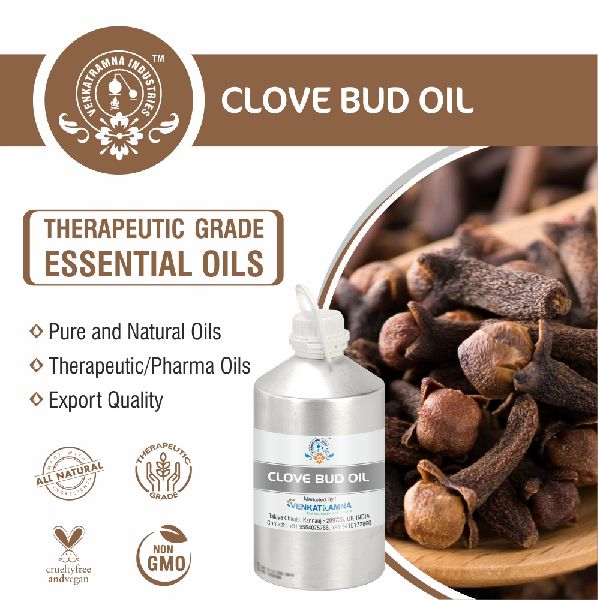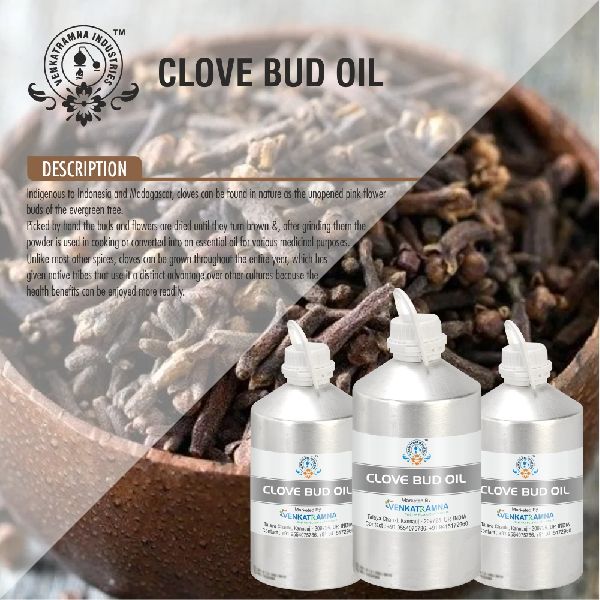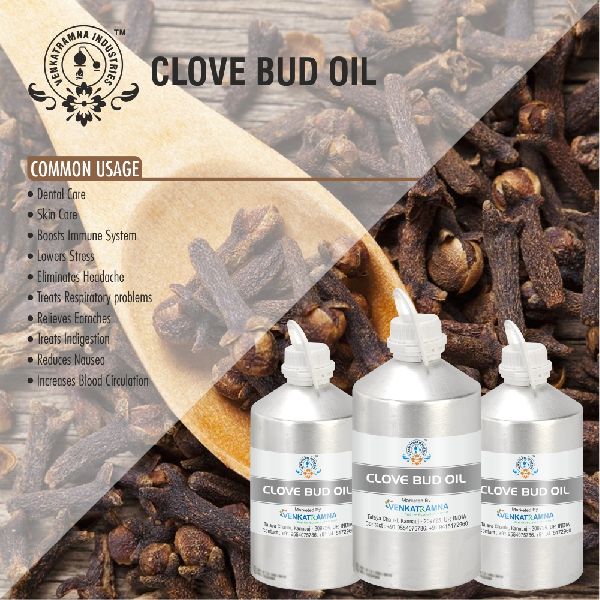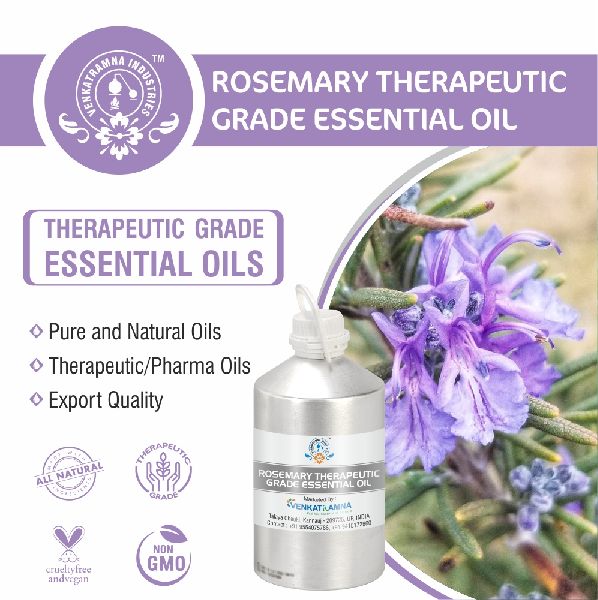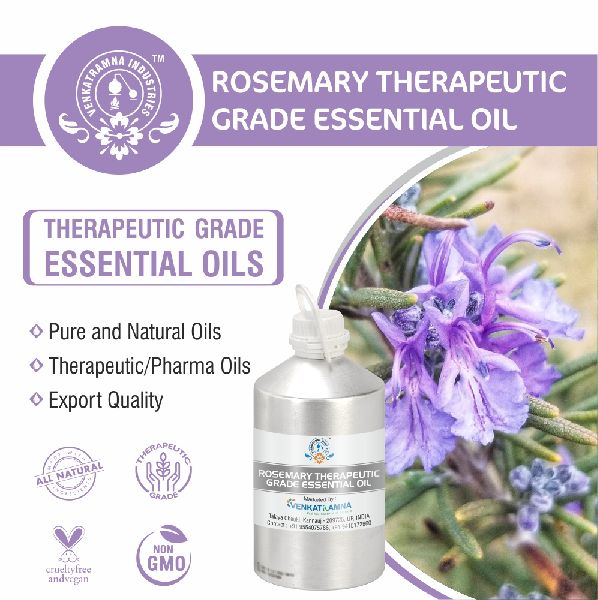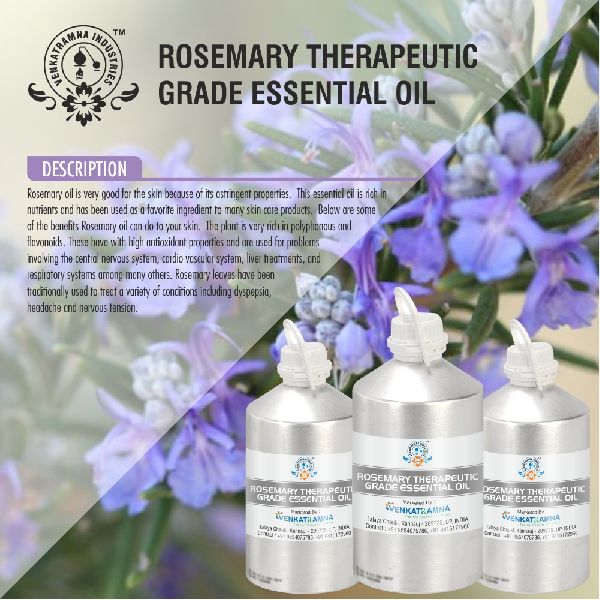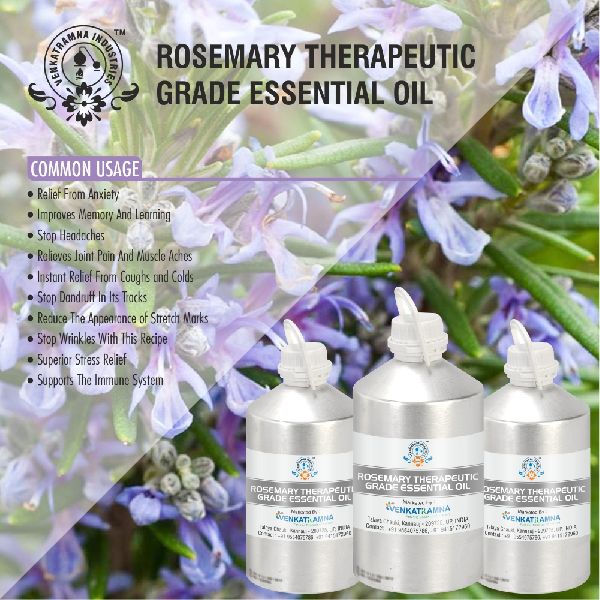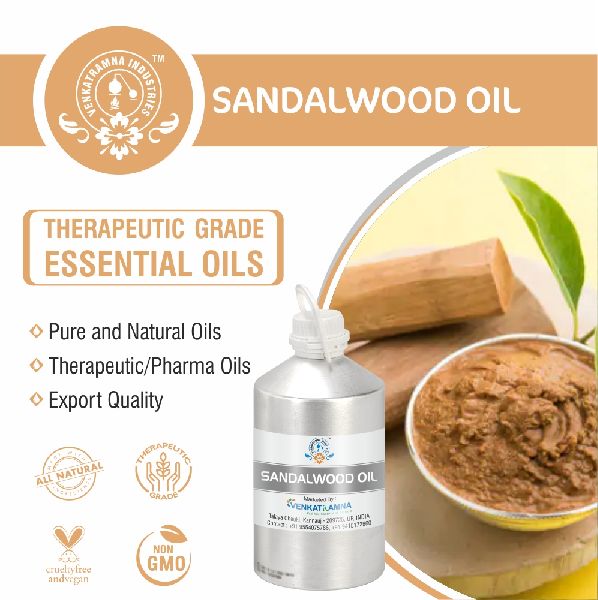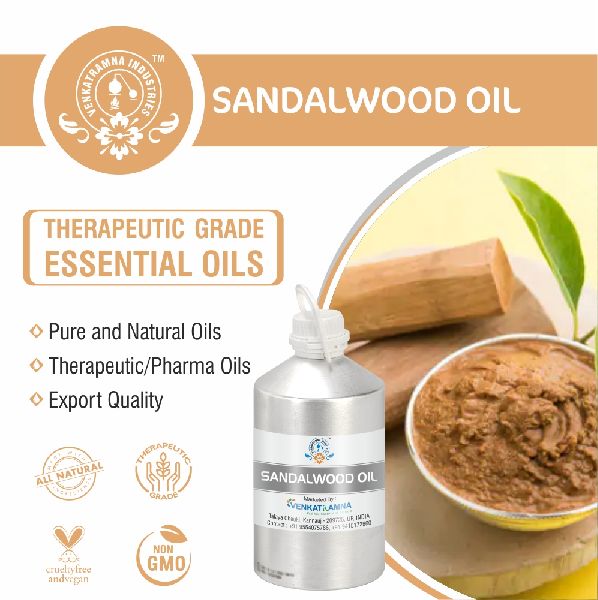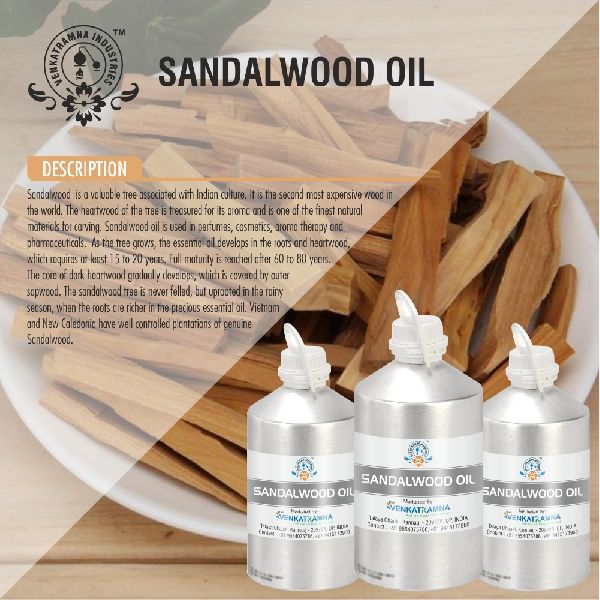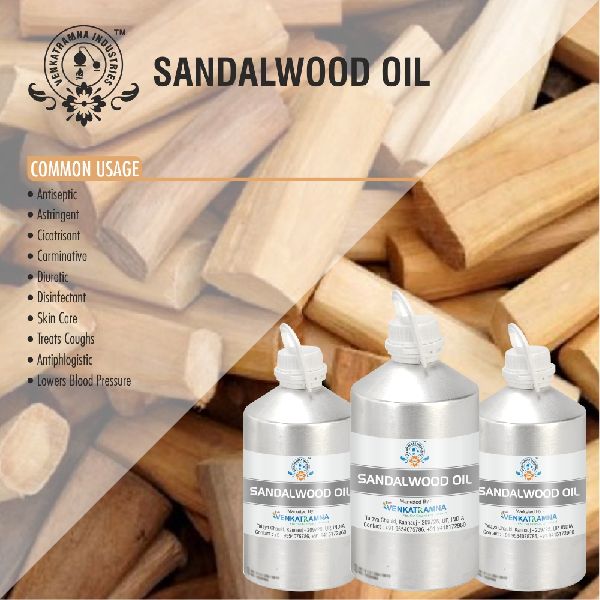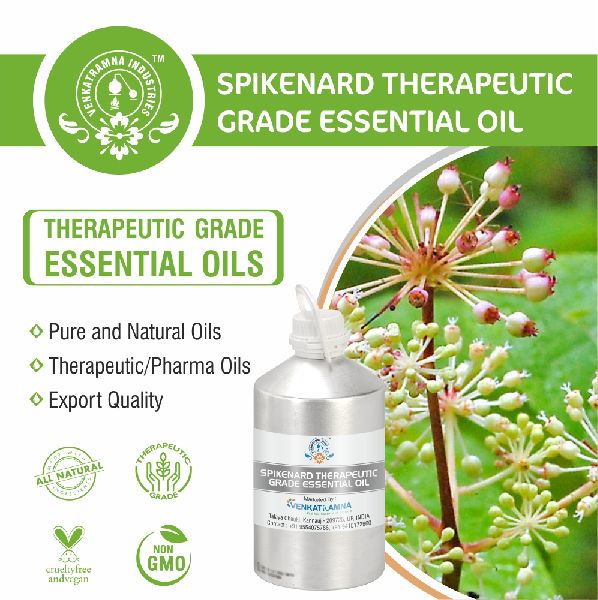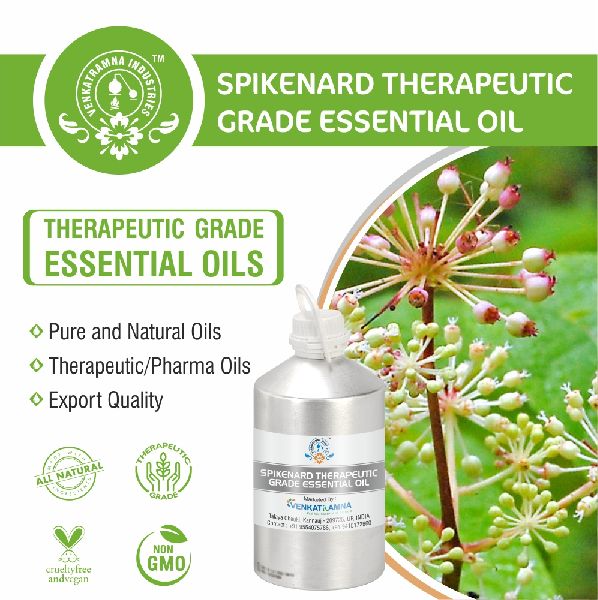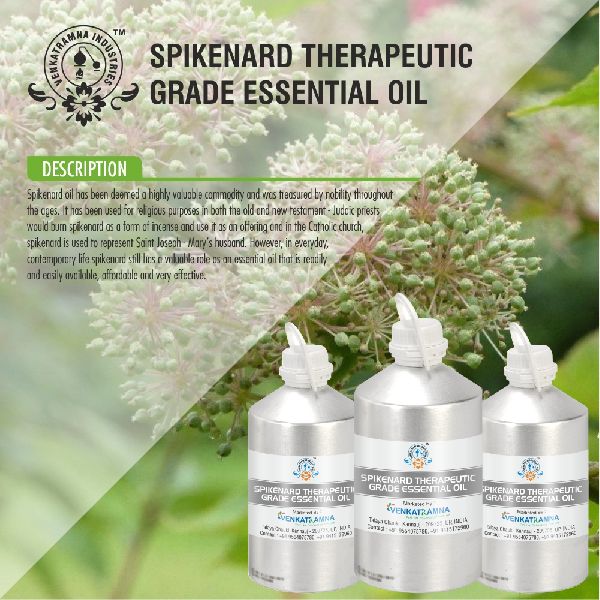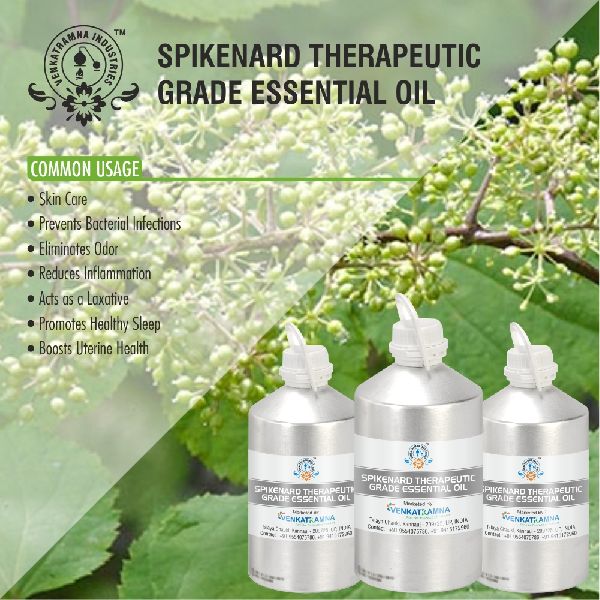Indra Nagar, Kanpur, Uttar Pradesh - GST No. 09AVOPS2676K1ZN
- Send SMS
- Send Email
Therapeutic Grade Essential Oil
Leading Manufacturers, Exporters, Wholesaler and Retailer of Cinnamon Bark Therapeutic Essential Oil, Clove Bud Therapeutic Essential Oil, Rosemary Therapeutic Essential Oil, Sandalwood Therapeutic Essential Oil and Spikenard Therapeutic Essential Oil from Kanpur.
| Business Type | Manufacturer, Exporter, Supplier, Retailer, Wholesaler |
Preferred Buyer From
| Location | Worldwide |
The genus Cinnamomum (Laureaceae family) consists of 250 spices of trees and shrubs distributed in south-east Asia, China, and Australia. It is a small, evergreen tree, 10–15 m tall. The bark is widely employed as a spice, its leaves are ovate-oblong in shape, and 7–18 cm long. The flowers, arranged in panicles, have a greenish color and have a rather disagreeable odor. The fruit is a purple 1 cm berry containing a single seed. It is found in tropical rain forests, where it grows at various altitudes from highland slopes to lowland forests and occurs in both marshy places and on well-drained soils. However, in latitudes with seasonal climatic conditions, they become exceedingly rare. There are two main varieties of cinnamon namely the Ceylon or true cinnamon (Cinnamon zeylanicum) and cassia (Cinnamom aromaticum). C. zeylanicum is native to Sri Lanka and tropical Asia and exotic to several African countries, such as Comoros, Ghana, Madagascar, Mauritius, Nigeria, Seychelles, Sierra Leone, Tanzania, and Uganda.
The most important cinnamon oils in word trade are those from Cinnamomum zeylanicum, Cinnamomum cassia, and Cinnamomum camphora. The cinnamon essential oil composition varies depending on the geographical origin of the spice and the processing conditions. Likewise, it has been detected slight differences between the composition of volatile oils from buds, flowers, and fruits from C. zeylanicum. Jayaprakasha et al. (2000) reported that the oil from buds contains higher amounts of mono and sesquiterpenes, and most characteristic compounds such as cinnamaldehyde are found in flowers and fruits and in lower amounts in buds
The barks are commonly used in Cameroon as spices and for the treatment of cardiovasculardiseases and cancers. Cinnamaldehyde (1; 75%) and camphor (56%) are the major compounds in oil and stem bark, respectively. Cinnamon extract inhibits the formation of toxic Aβ oligomers and prevents the toxicity of Aβ on neuronal PC12 cells. Oral administration of cinnamon extract induced to the reduction of plaques and improvement in cognitive behavior to aggressive Alzheimer's disease transgenic mice. The prevention or treatments of Alzheimer’s disease are mostly based on drugs inhibition of cholinesterase function or formation of amyloid plaque. Pathologies and dementias of the nervous system, such as Alzheimer’s disease and Parkinson’s disease (Lei et al., 2010) can result when tau proteins (tau proteins are proteins that stabilize microtubules) become defective and no longer stabilize microtubules properly. Chemicals able to prevent the tau aggregation may be a key factor in the development of new drugs.
| Business Type | Manufacturer, Exporter, Supplier, Retailer, Wholesaler |
Preferred Buyer From
| Location | Worldwide |
One of the earliest known spices in trade, the dried, aromatic flower buds produced by this medium-sized tree are familiar to many of us as a common kitchen spice.
Clove contains several volatile oils, the most significant of which is eugenol that comprises up to 90% of the total oil produced. Eugenol has numerous medical and commercial applications and continues to be extracted primarily from clove buds, though it can also be extracted from the leaves of the clove tree and from some other plants, such as allspice (Pimenta dioica), in smaller quantities.
Clove was originally found only on the Maluku Islands of Indonesia, but in the 17th century fierce competition between warring European nations that sought control of the spice trade eventually led to clove trees being transported all over the world for cultivation.
The historical importance of clove in international trade means it is now grown in numerous locations throughout the tropics including Indonesia, Zanzibar, Madagascar, Sri Lanka and parts of the Caribbean. More recently, clove production has begun in the Brazilian state of Bahia.Clove grows best on tropical mountain slopes at lower elevations as part of a mixed forest. Many of the islands to which they are native are volcanic.
| Business Type | Manufacturer, Exporter, Supplier, Retailer, Wholesaler |
Preferred Buyer From
| Location | Worldwide |
Rosmarinus officinalis, also known as rosemary, is an aromatic plant which belongs to the Lamiaceae family and is native to the Mediterranean region. Rosemary essential oil is produced by steam distillation from the flowering tips of the plant yielding a colorless to pale yellow liquid with a strong, warm, woody, balsamic aroma.
Rosemary is an evergreen, usually erect, bushy shrub up to 2 m tall and wide. Stem indistinctly quadrangular, finely grey pubescent. Leaves opposite, tufted on the branches, sessile to short petiolate; blade linear, 1-5 cm x 1-2 mm, base attenuate, margin entire but revolute, apex obtuse, leathery, dark glossy sea-green and subglabrous above, white-felted tomentose beneath, aromatically fragrant when crushed. Inflorescence racemose, axillary, 5- to 10-flowered, 0.5-2.5 cm long, terminating short lateral branches; pedicel 2-5 mm long; calyx campanulate, 2-lipped, 5-6 mm long, densely stellate tomentose, upper lip small and 3-dentate, lower lip 2-lobed; corolla tubular, 2-lipped,10-13 mm long, pale blue or blue (seldom white), upper lip erect or recurved, 2-lobed, ovate, about 4 mm long, lower lip 3-lobed, about 7 mm long, with large concave middle lobe; 2 anterior stamens perfect, 7-8 mm long, ascending under the base of the upper lip, 2 posterior stamens reduced to hardly visible staminodes; pistil with deeply 4-partite ovary, style incurved, 1.5 cm long ending into 2 short, unequal branches with stigma. Fruit composed of 4 sub-globose to obovoid nutlets, about 2 mm long, glabrous and smooth.
| Business Type | Manufacturer, Exporter, Supplier, Retailer, Wholesaler |
Preferred Buyer From
| Location | Worldwide |
Sandalwood oil, distilled from the heart wood and roots of the sandalwood tree, is one of the most valuable essential oils, valued by perfumers for its woody notes, providing a deep rich base note to perfumes and acting as a natural fixative. In addition to acting as a feed stock to produce the essential oil, the wood is also valued for carving, and furniture making. Rising demand and very high prices for both wood and essential oil, a slow growing tree which takes 30 to 60 years to give a crop.
Sandalwood oils come from a range of species, and while they all have similar uses, quality and characteristics vary between the oils of the different species. The key species used for distillation of essential oils are listed below, with East Indian Sandalwood oil and Australian Sandalwood oil dominating supplies to the market :
- East Indian Sandalwood oil (Santalum album). The most well-known and oldest traded type of sandalwood, in use for thousands of years. Cultivation centered in India (it is native to the highlands of southern India and the Malayan Archipelago) with the center of production in India in Mysore. Its natural distribution extends down to Indonesia (particularly Timor), and it has been introduced into Australia and plantations established in the tropical northwestern areas – an estimated 8,000 ha with annual additions of around 1,000 ha; more recently it has also been introduced into a number of the S Pacific Islands and plantations established (Fiji, Tonga, Vanuatu, New Caledonia);
- Australian Sandalwood oil (Santalum spicatum, syn. Eucarya spicata). (Also referred to as West Australian Sandalwood oil). Native to the desert-like areas of SW Australia, close to Perth. Substantial plantations have also now been established – around 15,000 ha with annual additions of 1-2,000 ha. A second sandalwood species, S. lanceolatum, is also found in Australia, principally in Queensland, NSW, and northwestern part of Western Australia, but is little used commercially.
- Santalum paniculatum. Only found in Hawaii. Around 7,000 ha reported to be under sustainable management. Commercial oil now coming onto the market.
- Santalum yasi. Found in Fiji, Samoa and Tonga. Traditionally included in mixed cropping agroforestry cultivation systems. The species hybridizes readily with S. album resulting in variable quality of oil depending on the source trees.
- Santalum austrocaledonicum. Found in Indonesia, Papua New Guinea, New Caledonia.
| Business Type | Manufacturer, Exporter, Supplier, Retailer, Wholesaler |
Preferred Buyer From
| Location | Worldwide |
Jatamansi (NardostachysJatamansi) is a perennial herb about 10-60cm in height having long stout, rhizomes root. The leaves are elongated and spatulated while few leaves are sessile, oblong or sub ovate. The flowers are pink bell shaped. Its roots are thick and has too many hairs.
Due to its thick roots and too many hairs (jata in Sanskrit) it has the name Jatamansi. It consists of two words: Jata means dread locks and manasi indicates towards human. It is wonderful medicinal herb used since the ancient times for many medicinal purposes. Its dried rhizomes and roots are the main medicinal parts used in preparation. Its Spikenard rhizomes (underground stems) can be crushed and distilled into an intensely aromatic amber color essential oil which is very thick in consistency. This oil is used as a perfume, incense, a sedative and an herbal medicine said to fight insomnia, birth difficulties and other minor ailments.
It has various therapeutic actions on body. It is a natural nervine tonic and a memory enhancer, which has calming, peaceful and relaxation features. It is used for natural support for mental disorders like schizophrenia and epilepsy, stress, anxiety and depression and induces healthy sleep. Healthy sleep mean- without any addiction and depression effect.
It is available in market in different forms like oil, powder. It contains various chemical constituents - ursolie acid, acacin, kanshone A, octacosanol, nardosinone, nardosinonediol, aristolen-9beta-ol, oleanolic acid, and beta-sitosterol. It also contains nardal, jatamansic acid, jatamol A &B, spirojatamol, terpenoid, neolignans, taraxerone, valeranone, chlorogenic acid, ferulic acid, syringic acid and photocatechuic acid.

